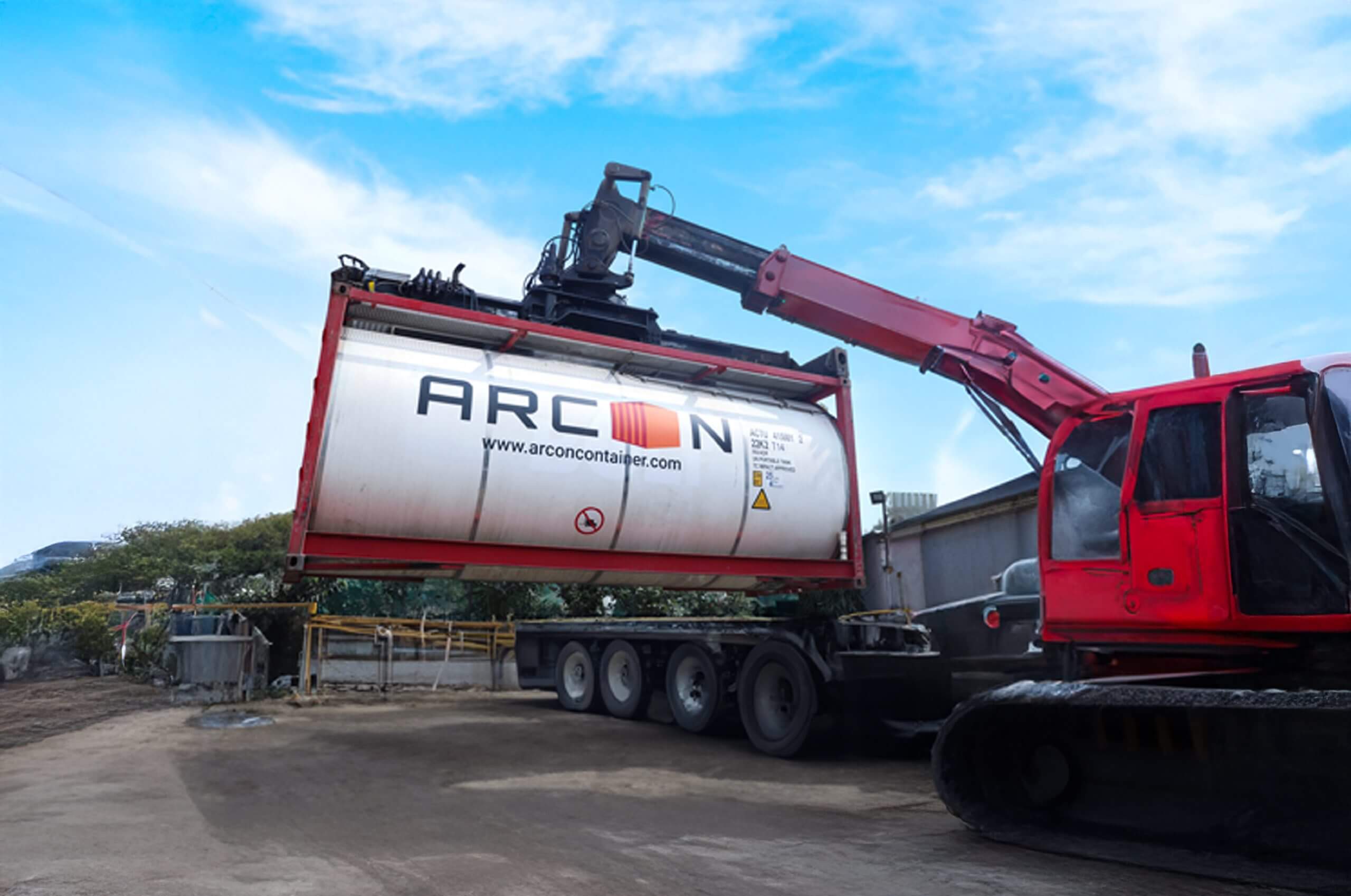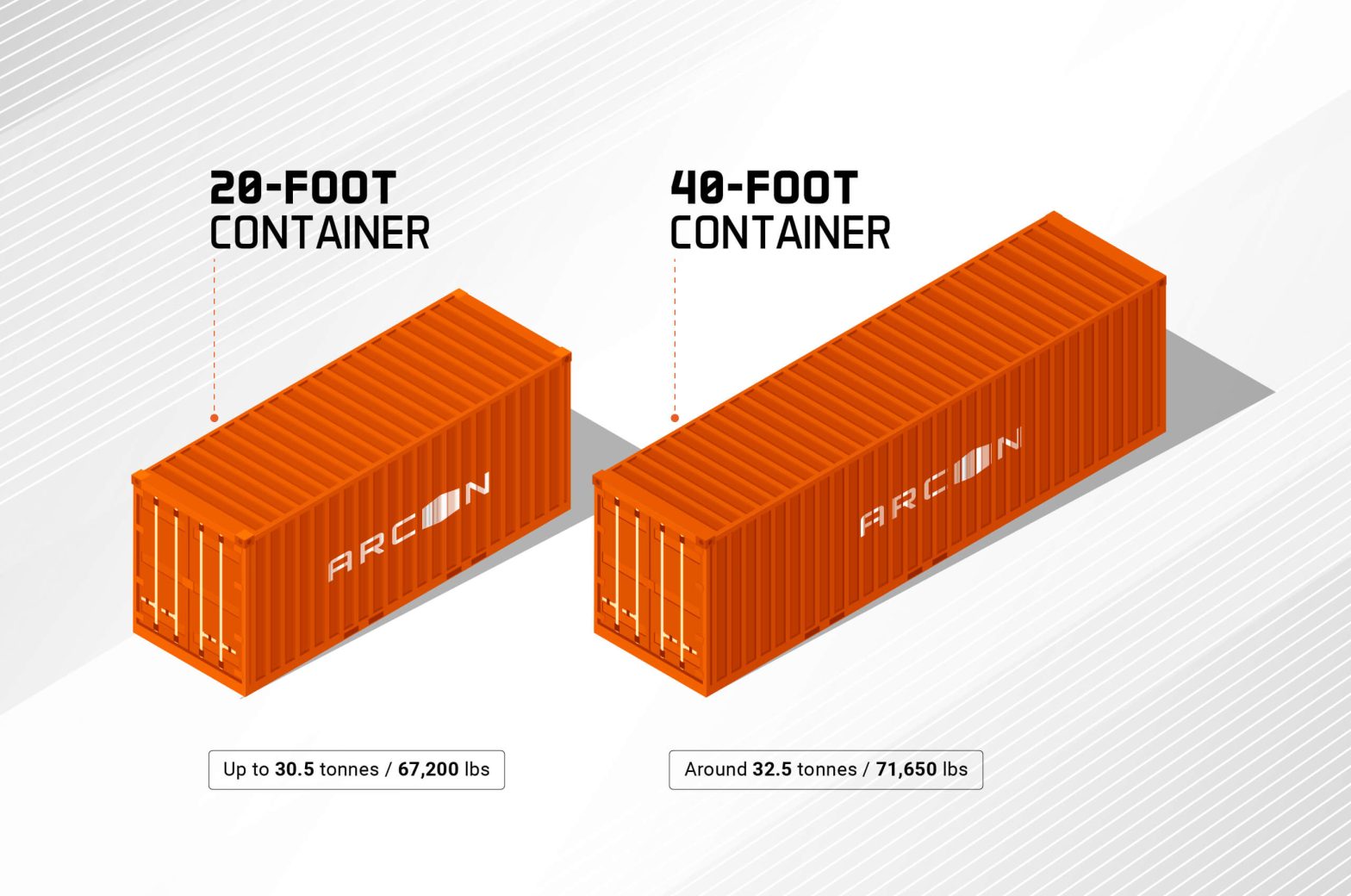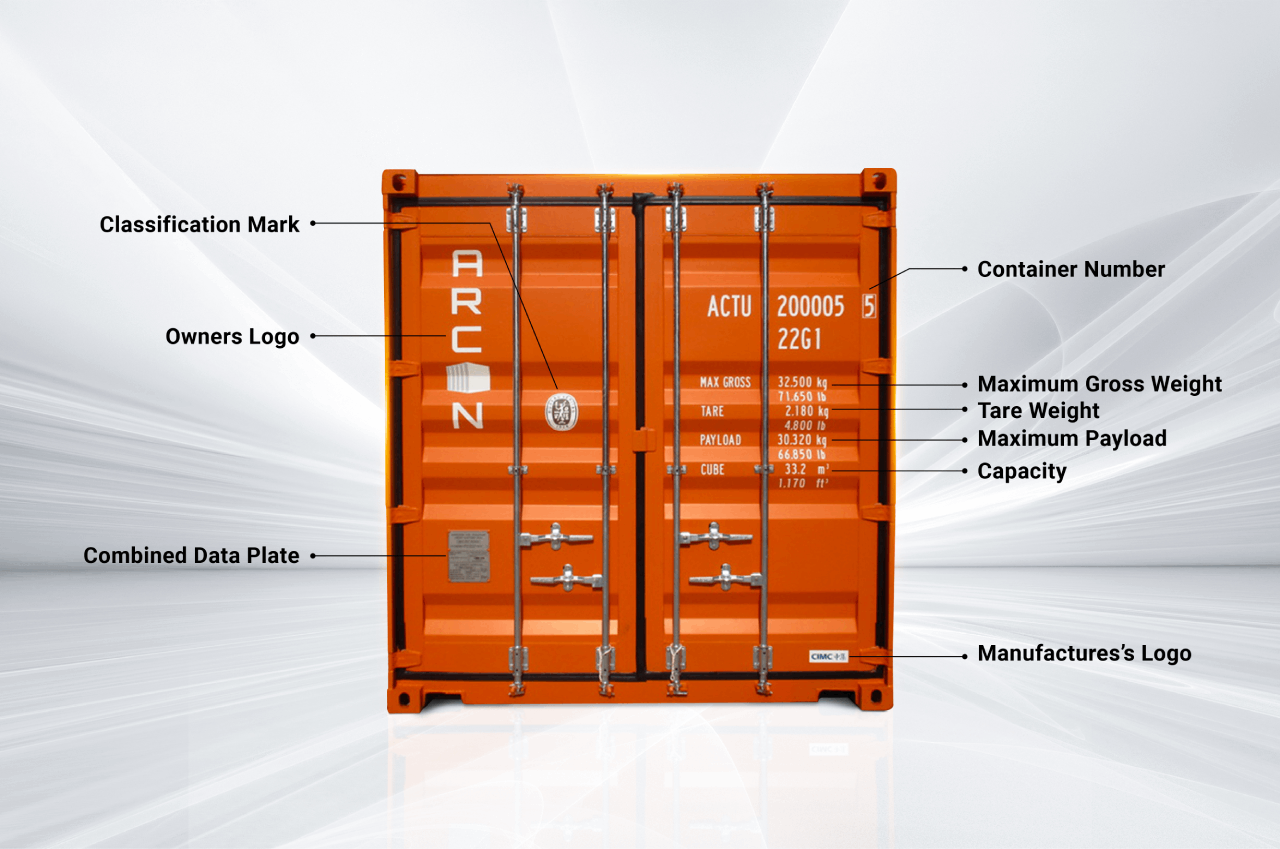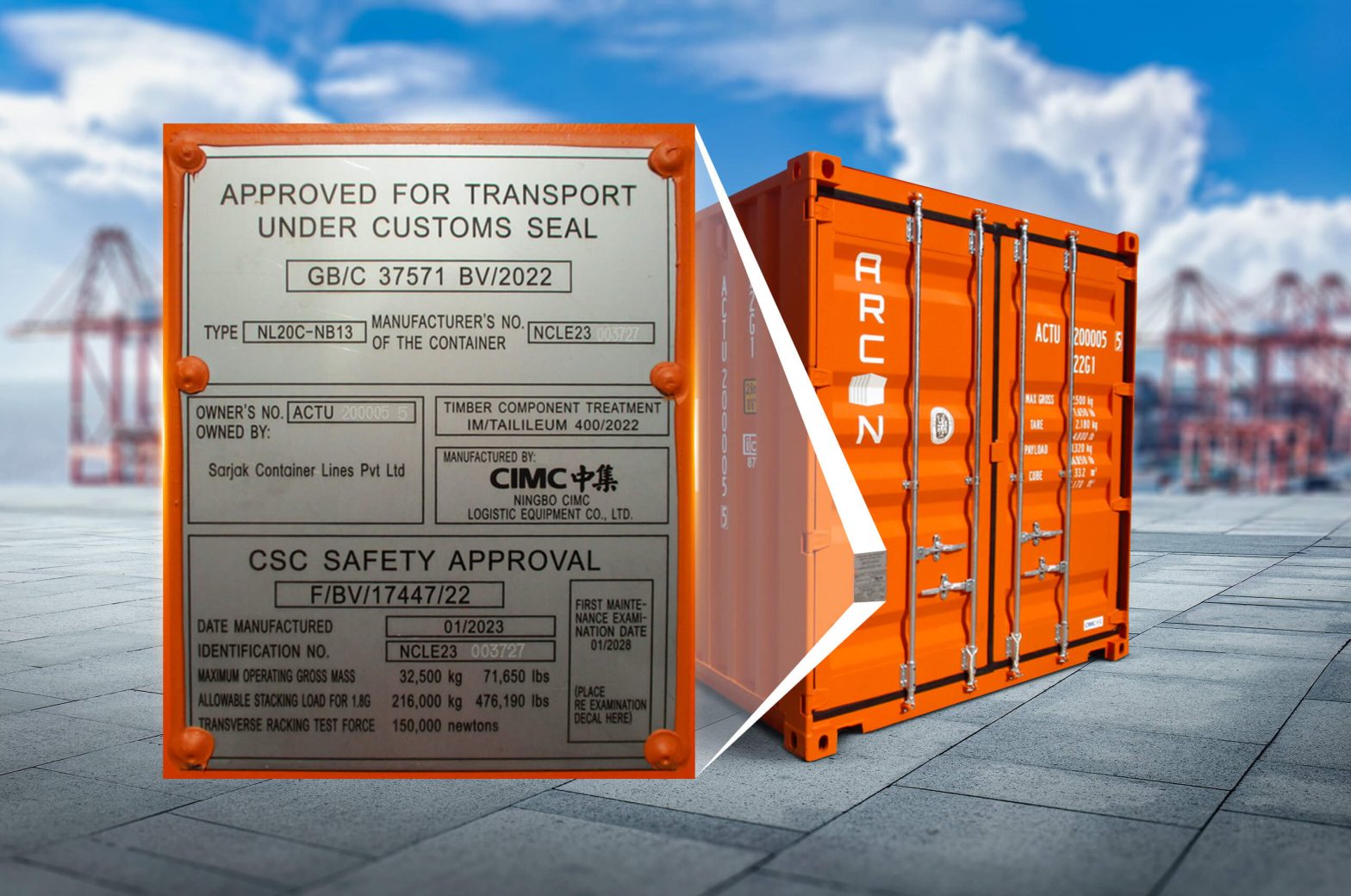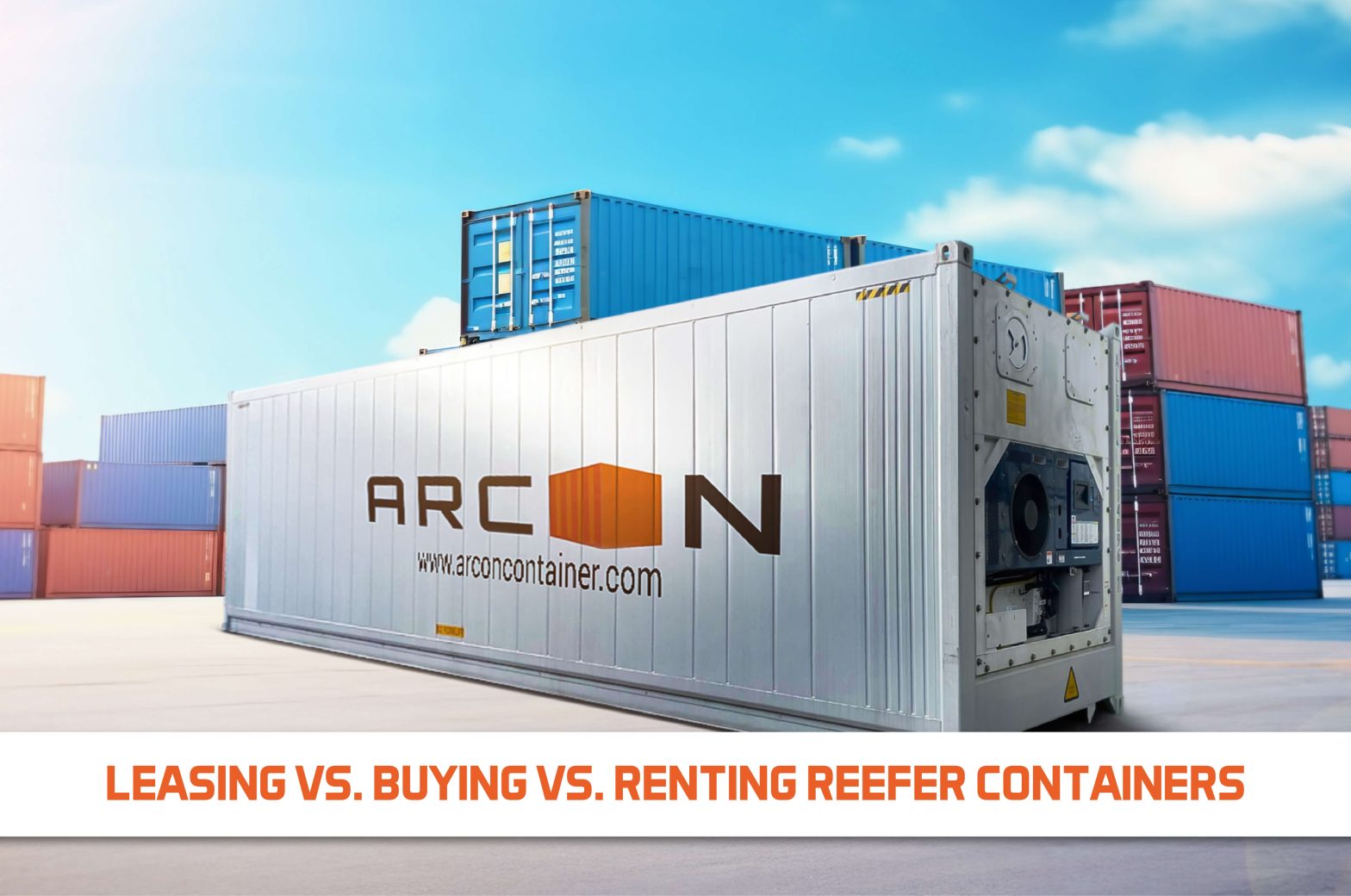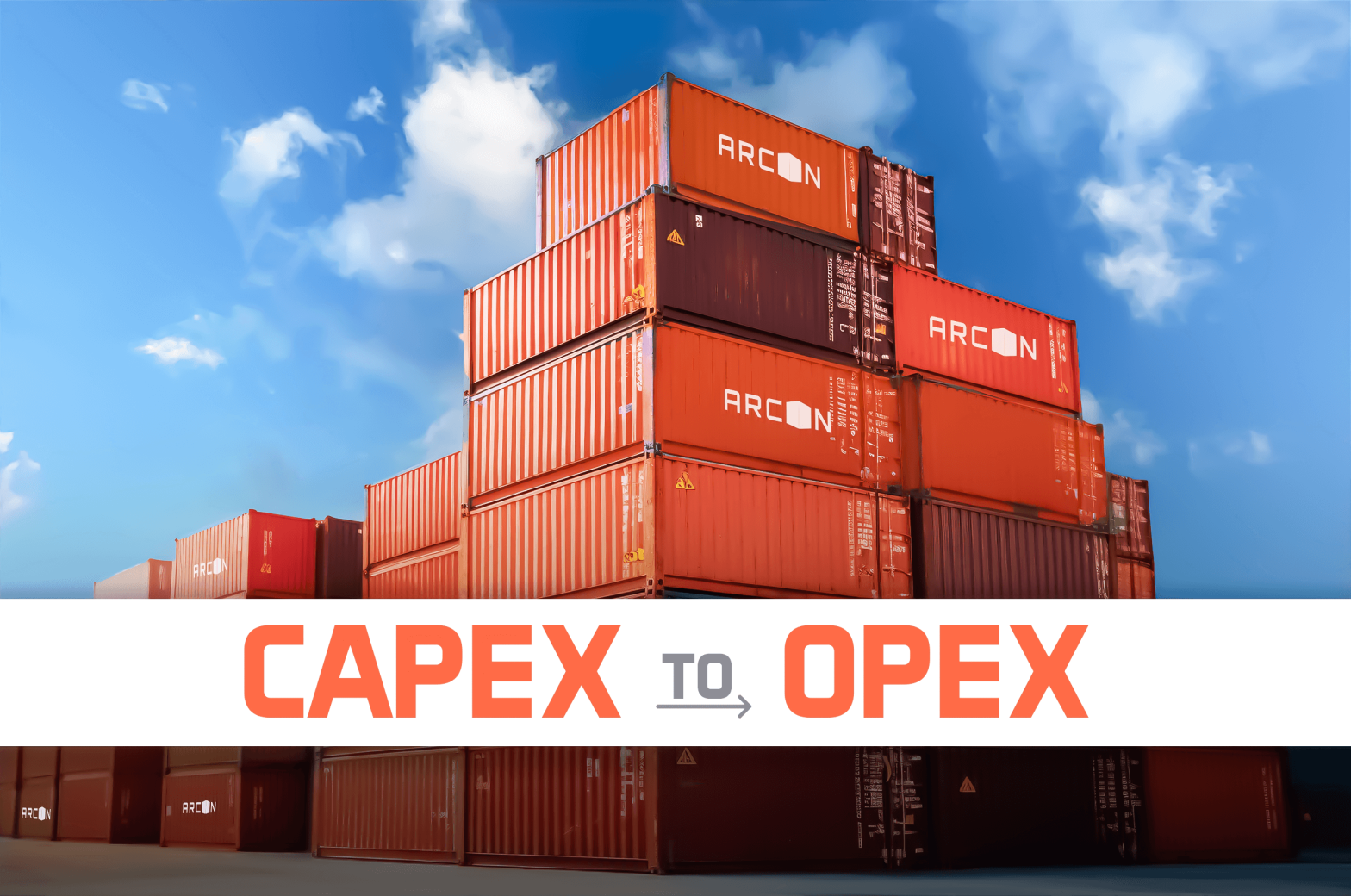ISO tank container safety plays an essential role in transporting liquids, chemicals, and gases safely. However, transporting such materials comes with significant challenges like leakage risks, contamination, and safety compliance.
To ensure the safe movement of these substances, adopting best practices is crucial for safeguarding cargo, personnel, and the environment.
Understanding ISO Tank Containers
ISO tank containers are standardised containers designed to transport hazardous and non-hazardous liquids and gases. They are built to ISO (International Organisation for Standardisation) specifications, ensuring consistency, durability, and safety.
These containers are primarily constructed using stainless steel with a protective frame, making them suitable for carrying chemicals, food-grade products, oils, and gases.
Key Challenges in the Industry
- Risk of Leakages: Faulty valves or structural damage can lead to spills, endangering lives and the environment.
- Temperature Sensitivity: Certain chemicals require consistent temperatures, which poses challenges during transit.
- Cross-Contamination: Without proper cleaning, residues can mix, causing hazardous reactions.
Safe transport of ISO tank containers are made with these challenges in mind, featuring safety valves, insulation, and easy-to-clean linings.
Key ISO Tank Container Safety Guidelines
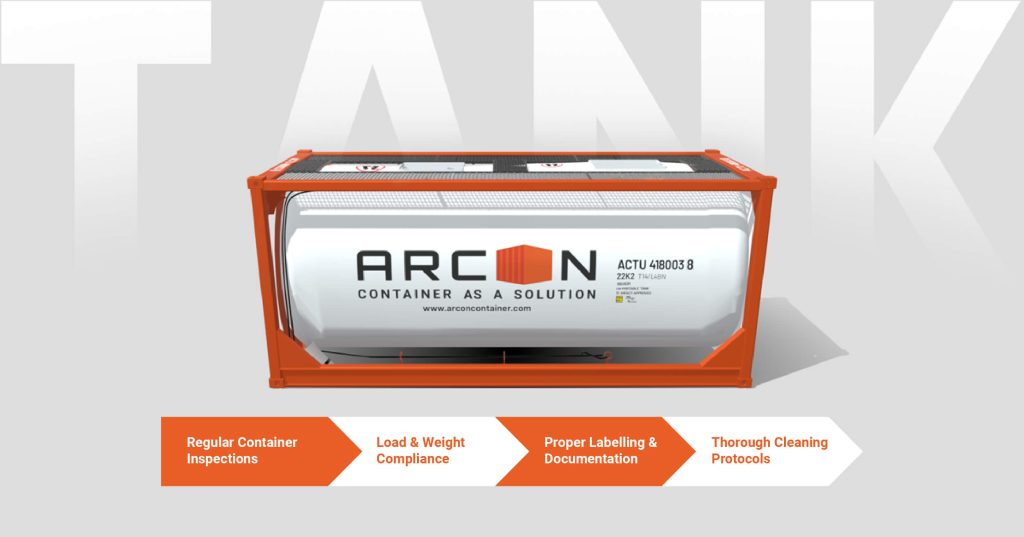
To address safety challenges, these essential guidelines are followed:
- Regular Container Inspections: Conduct routine checks for structural integrity, valve efficiency, and signs of corrosion or damage. Regular testing and certification under ISO standards help avoid leakage and damage during transit.
- Load and Weight Compliance: Overloading or uneven loading can cause accidents or container failures. Ensure weight limits are strictly followed.
- Proper Labelling and Documentation: Accurate labelling and clear documentation are crucial for identifying hazardous contents and complying with safety regulations.
- Thorough Cleaning Protocols: Implement comprehensive cleaning procedures to prevent cross-contamination between different substances. Tanks should be decontaminated according to international standards, particularly when shifting from transporting chemicals to food-grade products.
Safe Transport of ISO Tank Containers
The transportation of ISO tank containers requires specific protocols to mitigate risks:
- Load Securing and Locking Systems: Use specialised securing systems to avoid any movement or shifting of the tank during transit, minimising the chances of accidents.
- Temperature Control Measures: For temperature-sensitive goods, such as certain chemicals and food-grade liquids, insulated containers with built-in heating or cooling systems are crucial to maintaining stability.
- Emergency Response Preparedness: Equip transport personnel with training on emergency protocols, spill containment measures, and communication procedures for any incidents.
- Handling and Stacking Guidelines: Implement strict rules for handling and stacking ISO tanks to avoid physical damage. Appropriate lifting and stacking practices are essential for maintaining container integrity during loading and unloading.
Why Choose ARCON for Safe ISO Tank Container Transport?
Choosing the right ISO tank container provider significantly impacts the safety and efficiency of transport. ARCON offers a range of advanced ISO tanks built with superior materials and safety features, designed to address industry challenges.
Here’s why ARCON stands out:
- High-Quality Standards: ARCON’s tanks are designed to meet and exceed ISO standards, ensuring durability, leak resistance, and safe handling.
- Expert Guidance: ARCON provides expert consultancy to help clients choose the right container based on the nature of the material being transported.
- Versatile Tank Options: From standard T11 and T14 insulated tanks with steam heating to cryogenic tanks, ARCON offers a wide range of options to accommodate different transport needs.
- Innovative Safety Features: ARCON’s ISO tanks come with reinforced linings, advanced sealing mechanisms, and additional features for temperature-sensitive materials.
Conclusion
Adhering to safety guidelines and choosing a reliable provider like ARCON Container is essential to ensuring the safe transport of ISO tank containers. From addressing key industry challenges to providing high-quality tanks with enhanced safety features, ARCON Container sets the benchmark for secure and efficient transportation of hazardous and non-hazardous goods.
By following these best practices, companies can ensure compliance, reduce risks, and maintain a safe and productive supply chain.


